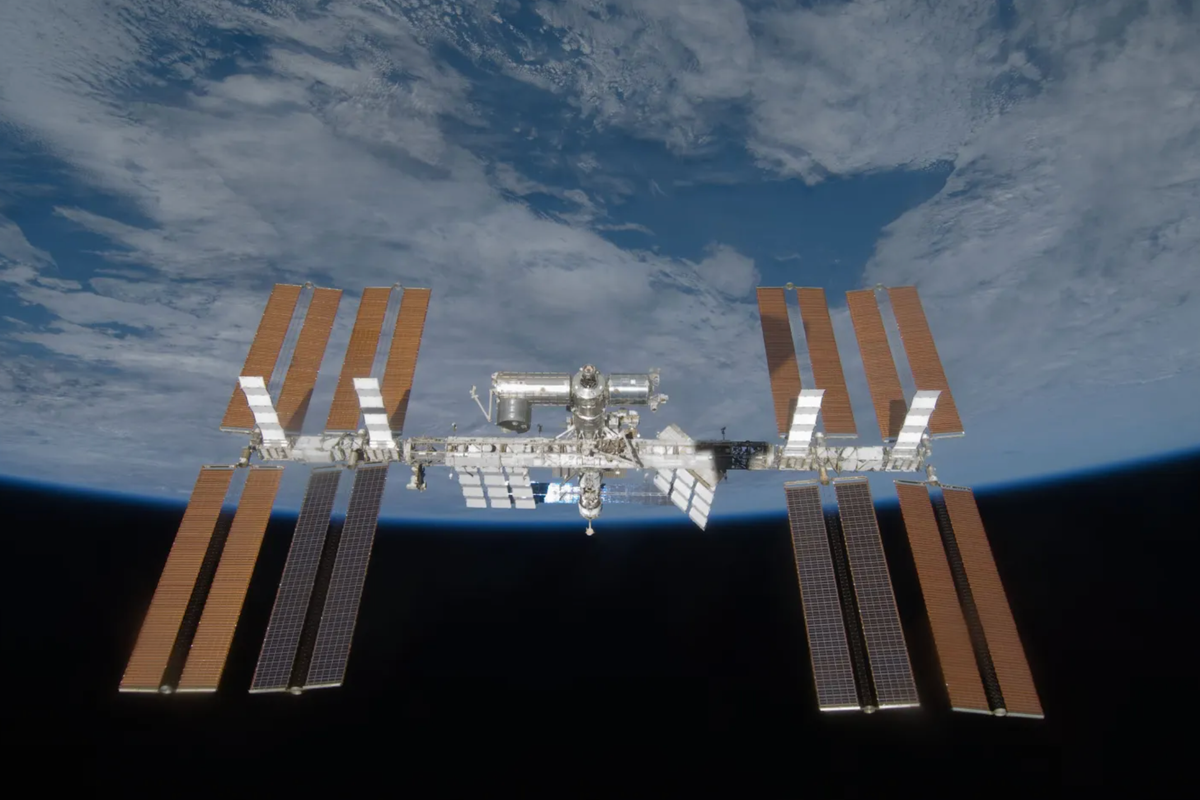Unveiling the Mystery: Why Scientists Claim the International Space Station is Too Clean
In an age where space exploration is rapidly advancing, the International Space Station (ISS) stands out as a pinnacle of human achievement. However, recent studies have raised eyebrows regarding the cleanliness of this orbiting laboratory. Researchers are now suggesting that the pristine environment of the ISS may actually impede critical scientific experiments. This unexpected revelation invites us to delve deeper into the implications of cleanliness in space and how it shapes research outcomes.
The Pristine Environment of the ISS
Launched in 1998, the ISS has become a unique platform for scientific research, hosting experiments that span various fields including biology, physics, and materials science. One of the most notable features of the ISS is its remarkably clean environment. The station is equipped with advanced life support systems that maintain air quality and cleanliness to protect astronauts from contaminants and pathogens.
While this cleanliness is vital for the health and safety of the crew, it poses an intriguing paradox. A study conducted by researchers from the European Space Agency (ESA) highlighted that some experiments, particularly those involving microbial life and other biological systems, may be adversely affected by the lack of microbial diversity and environmental variability that is typically present on Earth.
Microbial Diversity: A Key Player in Experiments
On Earth, microorganisms play a crucial role in numerous ecosystems, contributing to nutrient cycling, organic matter decomposition, and even health. In the context of scientific experiments, these microbes can influence outcomes in ways that scientists have only begun to understand. The sterile environment of the ISS lacks the diverse microbial populations found in natural settings, leading to concerns that this absence might limit the scope and applicability of the research conducted aboard.
For example, researchers studying the effects of microgravity on bacterial growth have noted that while some bacteria exhibit altered growth patterns in space, the absence of competing microbes can lead to skewed results. In a natural environment, bacteria often interact with one another, leading to complex behaviors such as biofilm formation and metabolic exchanges. In the sterile confines of the ISS, these interactions are virtually non-existent, potentially limiting the relevance of findings to terrestrial applications.
Impacts on Scientific Research
The implications of a “too clean” environment extend beyond microbiology. The ISS serves as a testbed for various scientific fields, and the lack of environmental variables can affect the outcomes of experiments in diverse areas:
- Plant Growth: Studies on plant biology aboard the ISS have shown altered growth patterns in the absence of soil microbes and varying atmospheric conditions. Plants rely on a complex interplay of microorganisms in their rhizosphere to thrive.
- Human Health: Research into human physiological responses to microgravity often fails to account for the influence of microbial interactions, which can impact immune system responses and overall health.
- Material Science: Experiments on material degradation and corrosion might yield different results in a sterile environment compared to Earth, where exposure to diverse environmental factors occurs.
The Need for Controlled Experimentation
Given these challenges, scientists are advocating for a shift in how experiments are designed for the ISS. Controlled experimentation that incorporates microbial diversity and environmental variations could yield more relevant and comprehensive data. This approach may involve using bioreactors or other systems that can simulate Earth-like conditions while still taking advantage of the unique microgravity environment of space.
Moreover, researchers are exploring the idea of introducing specific microbial strains into certain experiments to create a more realistic representation of Earth conditions. This could provide valuable insights into how various biological systems adapt and respond to the space environment.
Future Directions in Space Research
As we look to the future of space exploration, understanding the implications of cleanliness aboard the ISS becomes increasingly crucial. The upcoming Artemis missions and plans for lunar bases will further magnify the importance of microbial interactions and environmental variability in long-duration space missions.
NASA and other space agencies are keenly aware of the potential pitfalls of a sterile environment. Ongoing research aims to develop protocols that balance cleanliness with the necessity of microbial diversity. For instance, the development of “bio-nanotechnology” could allow scientists to engineer microbial systems that serve specific functions while maintaining the necessary level of cleanliness for astronaut health.
Conclusion: Embracing Complexity in Space Research
The revelation that the International Space Station may be “too clean” opens up a fascinating dialogue about the complexity of scientific research in space. As we strive to unlock the mysteries of the universe, it’s essential to recognize the intricate relationships that shape life and materials. The call for a more nuanced approach to experimentation on the ISS is not just about cleanliness; it’s about embracing the complexity of biological and physical systems.
By acknowledging and addressing the limitations of a sterile environment, scientists can enhance the relevance and applicability of their findings. The future of space research will undoubtedly benefit from a deeper understanding of how cleanliness, or the lack thereof, influences the myriad phenomena we seek to explore in the great beyond.
As we embark on this journey, one thing is clear: our quest for knowledge will always be enriched by the mysteries we uncover—both in the stars and in our own backyards.
See more Future Tech Daily

